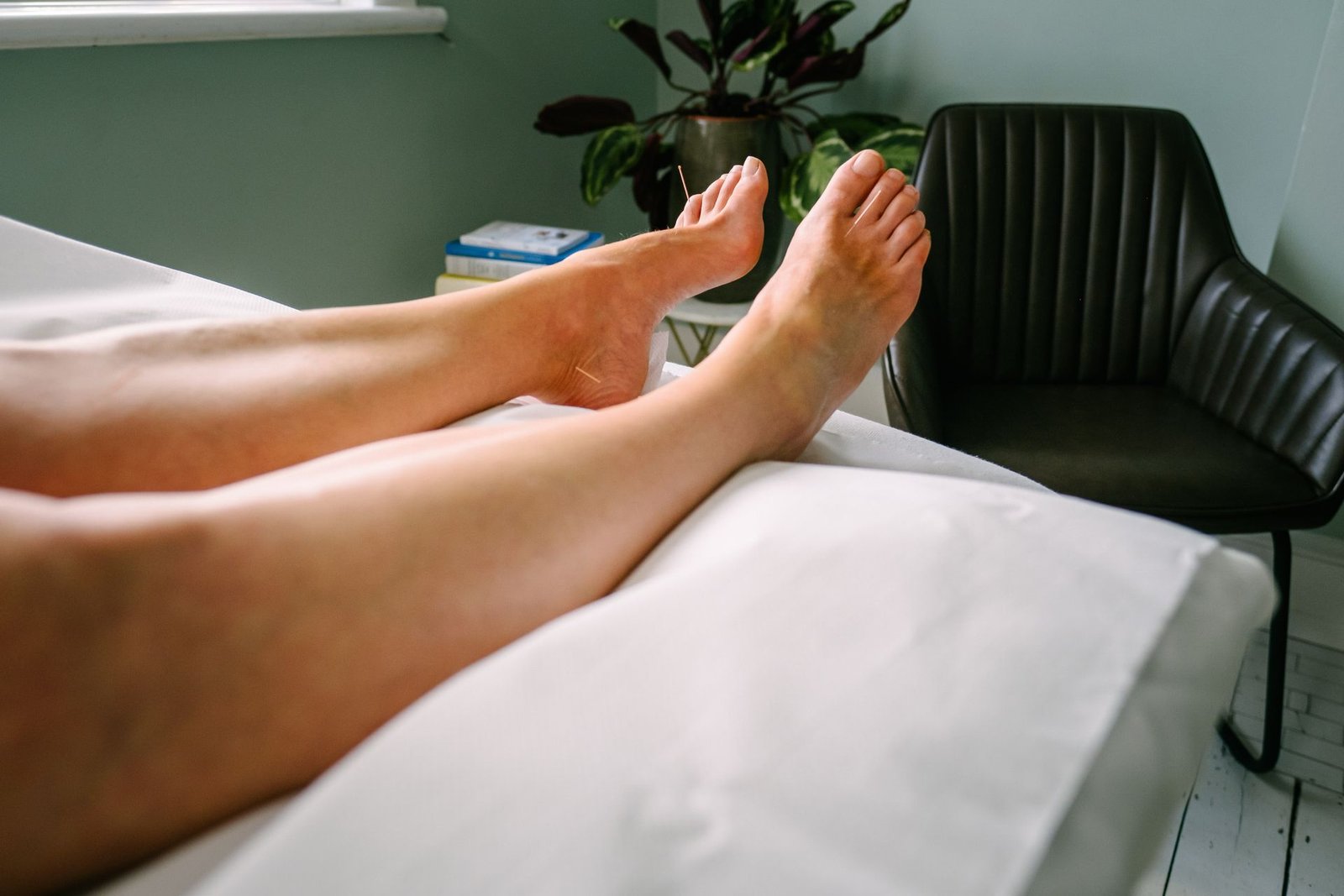
Treatments
For thousands of years in China, patients have received acupuncture as a preventative measure of illness, in a bid to stay well.
Bookable treatments
- Acupuncture (including Oncology)
- Fertility Acupuncture
- Paediatric Acupuncture and Acupressure (Please book standard Acupuncture and specify age)
- Weighted Tranquility Therapy
- Cupping/Gua Sha
- Reiki
Alongside acupuncture, your treatment may also include techniques such as Electroacupuncture, Cupping, Gua Sha, Moxibustion (Moxa), the use of a heat lamp, Ear seeds, or Kinesiology tape.
My comprehensive TCM knowledge aims to help a wide range of conditions.
Acupuncture may help with…
Chronic pain
National Institute for Health and Care Excellence (NICE) guidelines recommend acupuncture for chronic pain.
Fertility
As a member of the Acupuncture Fertility Network (AFN), I continually advance my expertise in TCM fertility to support you and your family on your journey to conceive.
Migraines and headaches
National Institute for Health and Care Excellence (NICE) guidelines recommend up to ten sessions of acupuncture for the treatment of migraines.
Chronic illnesses
Chronic illnesses can be debilitating. Some patients visit me to help ease symptoms of Chronic Fatigue Syndrome, ME, Long-Covid, Renal (Kidney) diseases, Autoimmune diseases, SLE (Lupus), Multiple Sclerosis (MS) and many more.
Oncology patients
I’m able to treat cancer patients at the clinic. Treatment aims to ease side effects, reduce fatigue and/or nausea. Acupuncture may also help with hot flushes, mood swings and pain as a result of endocrine treatments. As someone with a history of breast cancer, I understand how important it is to help patients cope with treatment.
Mental health
Treating the ‘Shen’ or Spirit was documented thousands of years ago in ancient Chinese Medicine texts. These texts are still used today to treat what we now understand as Mental Health. The texts include treatment for anxiety and depression as well as more severe mental health conditions.
Digestive disorders
Chinese Medicine identifies patterns of disharmony linked to modern digestive disorders such as IBS, IBD, bloating, reflux, and constipation. The Spleen and Stomach play key roles in digestion, and imbalance can lead to sluggish digestion and discomfort. Acupuncture may help to restore balance, supporting gut health and reducing symptoms.
Fatigue
Chinese Medicine identifies deficiencies and imbalances that may contribute to fatigue, including chronic tiredness and brain fog. The Lung, Heart, Liver, Spleen, and Kidneys are key in maintaining energy, and when out of balance, they can cause persistent fatigue. Acupuncture may help restore energy and support overall well-being.
Stress
Many patients presenting with stress can be identified as Qi (Chee) Stagnation in Chinese Medicine. Acupuncture aims to restore the smooth flow of Qi, helping to relieve stress, calm the mind, and promote relaxation. By addressing the root causes of stress, acupuncture may support both mental and physical wellbeing.
Endometriosis / PCOS
Endometriosis and PCOS (Polycystic Ovary Syndrome) are common conditions affecting women’s reproductive health. In Chinese Medicine, both are linked to imbalances in the Liver, Spleen, and Kidneys. Endometriosis often involves Qi and blood stagnation, while PCOS is associated with damp or phlegm accumulation. Acupuncture may help to alleviate pain, regulate cycles, and address hormonal imbalances, all contributing to better overall reproductive health.
Menopause
Menopause is a natural phase in a woman’s life, often associated with a deficiency of Kidney Yin in Chinese Medicine. This imbalance may lead to symptoms such as hot flushes, night sweats, mood swings, and sleep disturbances. Acupuncture works to nourish Kidney Yin, restore the flow of Qi, and regulate the body’s energy, providing relief from menopausal symptoms and supporting overall wellbeing during this transition.
Menstrual cycle regulation
Regulating the menstrual cycle is a key focus of Chinese Medicine. Imbalances in the Liver, Spleen, and Kidneys can contribute to issues such as period pain (dysmenorrhea), heavy periods (menorrhagia), and no periods without a known cause (amenorrhea). Acupuncture works to restore the flow of Qi and blood, helping to ease discomfort, regulate cycles, and address underlying imbalances, contributing to supporting better overall menstrual health.
For an A-Z list please see Commonly Treated Conditions.
Acupuncture

Relax
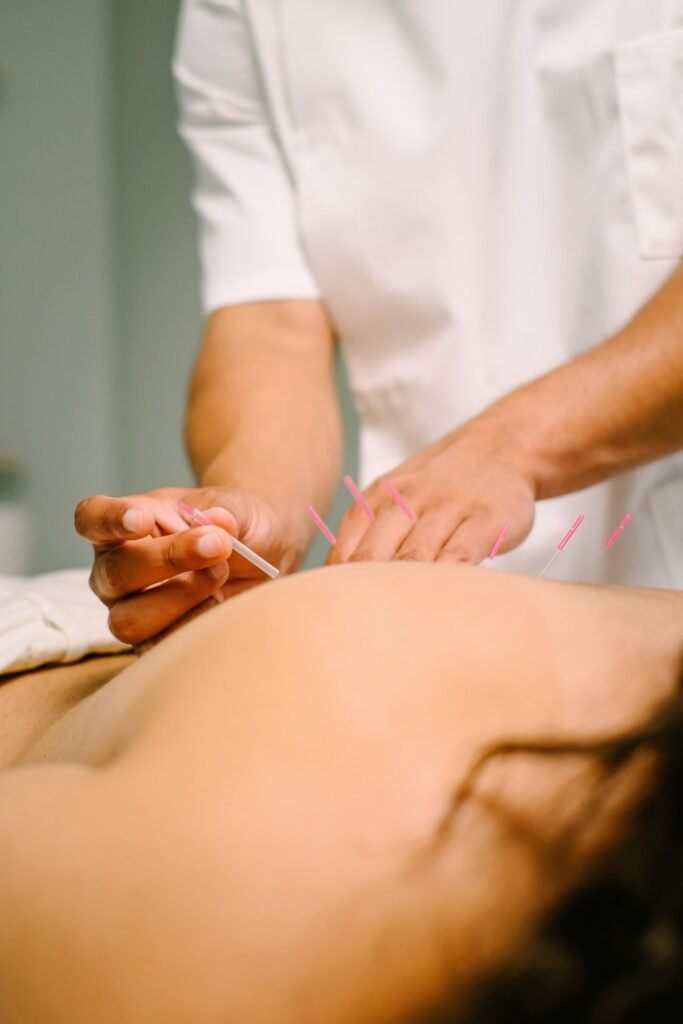
Nourish
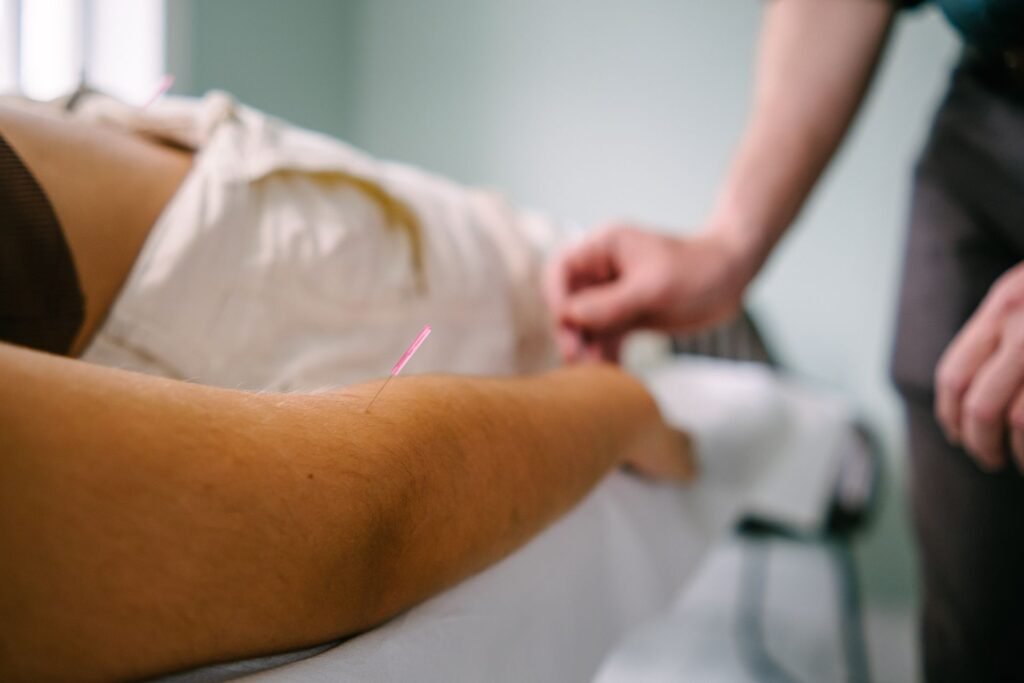
Clear
Certain points are chosen for their relaxing properties, allowing you to peacefully rest whilst your needles work. Relaxing points are found all over the body including ears, head, abdomen, ankles, and wrists. Needle retention time can vary depending on which other treatments are also used.
Some points aim to tonify or nourish acupuncture points. This is usually if a patients pulse, tongue or symptoms are showing a deficiency. I can talk to you about the specific patterns identified during our appointment. Nourishing points are located all over the body, on each meridian or channel.
Other points are chosen for their clearing properties. If you are displaying full symptoms or indications of a pathogenic factor, such as heat/fire, wind, damp cold or phlegm, I can choose to clear this through a comprehensive selection of acupuncture points.
Acupuncture has been used for thousands of years to restore the body’s energy (Qi) to promote natural healing and wellbeing. Acupuncture is recommended by both the NHS and National Institute for Health and Care Excellence (NICE)
Rooted in Traditional Chinese Medicine (TCM), acupuncture involves the insertion of ultra-fine, sterile needles into specific acupuncture points along the body’s meridians. These points correspond to different organs and systems, also known as Zang Fu, which help to move stagnation, improve circulation, and support the body’s self-healing processes.
Acupuncture works by stimulating the nervous system, encouraging the release of natural pain-relieving chemicals such as endorphins and serotonin. It also regulates blood flow and reduces inflammation, making it an effective treatment for a wide range of conditions. Many patients find acupuncture deeply relaxing and experience a sense of calm and wellbeing after their treatment.
TCM acupuncture is a comprehensive treatment that not only treats symptoms, but also addresses the root cause of imbalances.
When carried out by a BAcC member, acupuncture will be based on TCM or 5-Element theories where your acupuncturist has carried out degree-level training. When carried out by other healthcare professions such as a GPs, Physiotherapists or other healthcare professionals, unless these professionals have also completed a BSc degree and are BAcC members, the acupuncture is not TCM and is known as ‘Dry Needling’ which targets painful areas and trigger points, also known as ‘knots’.
Benefits of acupuncture
Patients often come for treatment for relief from a wide range of conditions such as:
- Pain relief – arthritis, sciatica, headaches, migraines and back pain.
- Mental health support – stress, anxiety, depression, Bipolar disorder, PMDD, PTSD.
- Support fertility – support when trying to conceive naturally and IVF support for fresh and frozen transfers.
- Relief from digestive disorders – acid reflux, nausea, and conditions such as IBS and IBD, including Crohn’s disease and Coeliac Disease.
- Boosting the immune system – cupping, moxa and acupuncture have been used to boost the immune system for centuries, promoting overall resilience.
- Improve sleep quality and reduce insomnia.
An array of elements and expertise built into your acupuncture treatments
My dedication to patients and many years of studying means that I can incorporate other elements of Chinese Medicine into your treatment such as Cupping, Gua Sha, Moxibustion (moxa), ear seeds and infrared heat lamp therapy.
Electroacupuncture
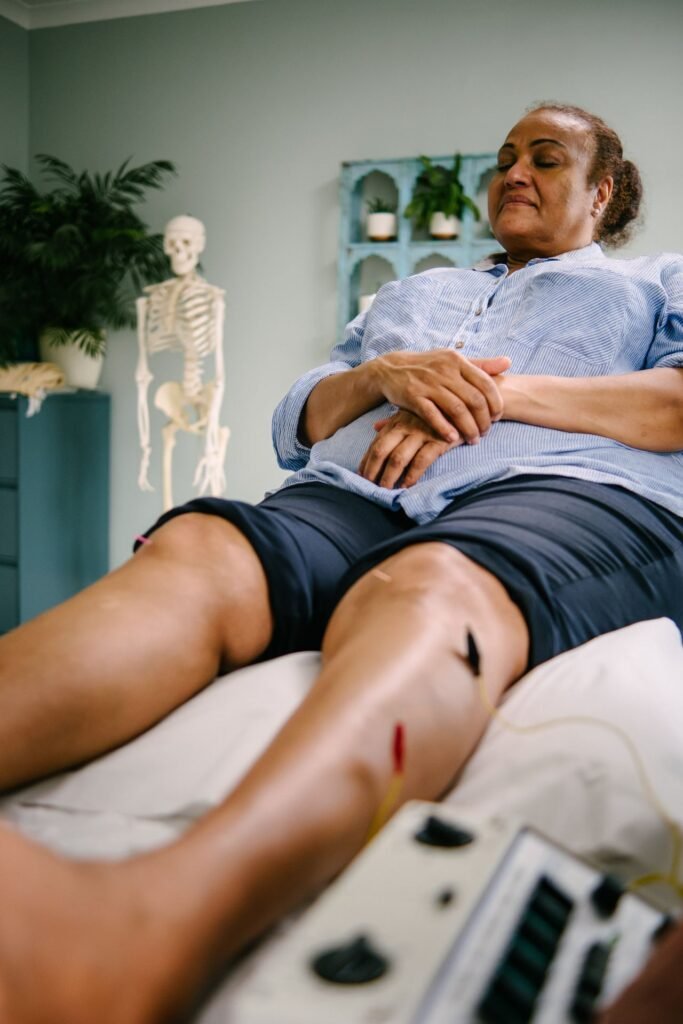
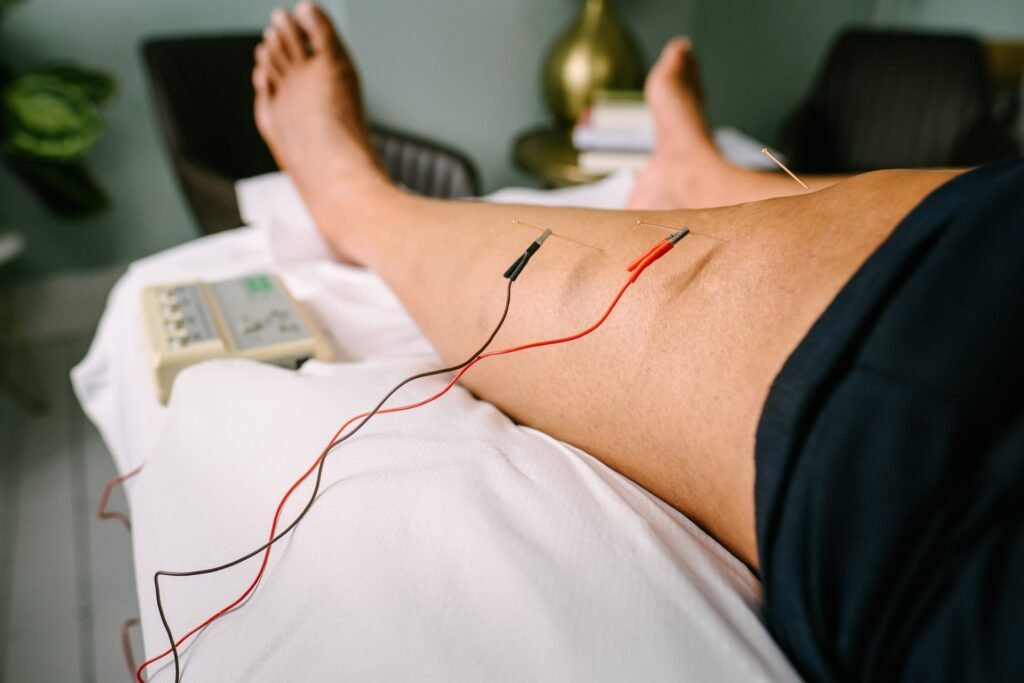
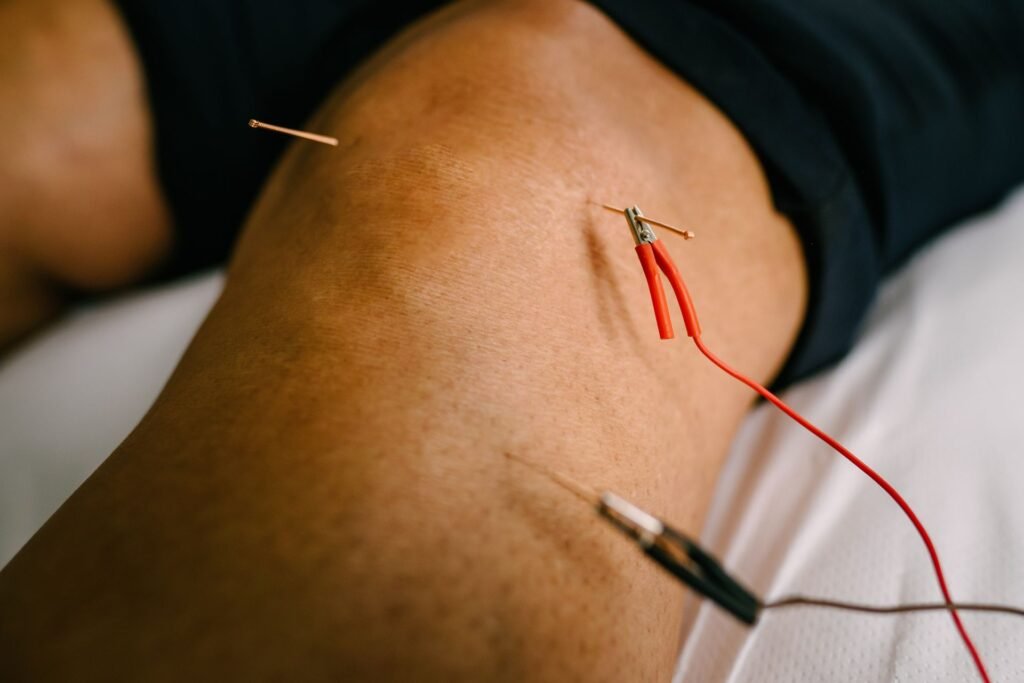
Electroacupuncture is a modern variation of traditional acupuncture that involves using a specialist electroacupuncture machine to apply a mild electrical current to acupuncture needles. Up to three channels can be used to stimulate six points simultaneously with small crocodile clips attached to the needles. This technique enhances the effects of acupuncture by stimulating nerves, muscles, and connective tissues more effectively, which in turn promotes blood flow and reduces inflammation. It is particularly beneficial for pain relief, nerve regeneration, muscle recovery, and conditions like arthritis, sciatica, and neuropathy. Electroacupuncture may also support mental health by regulating the nervous system, making it a valuable treatment for stress, anxiety, and insomnia.
Cupping
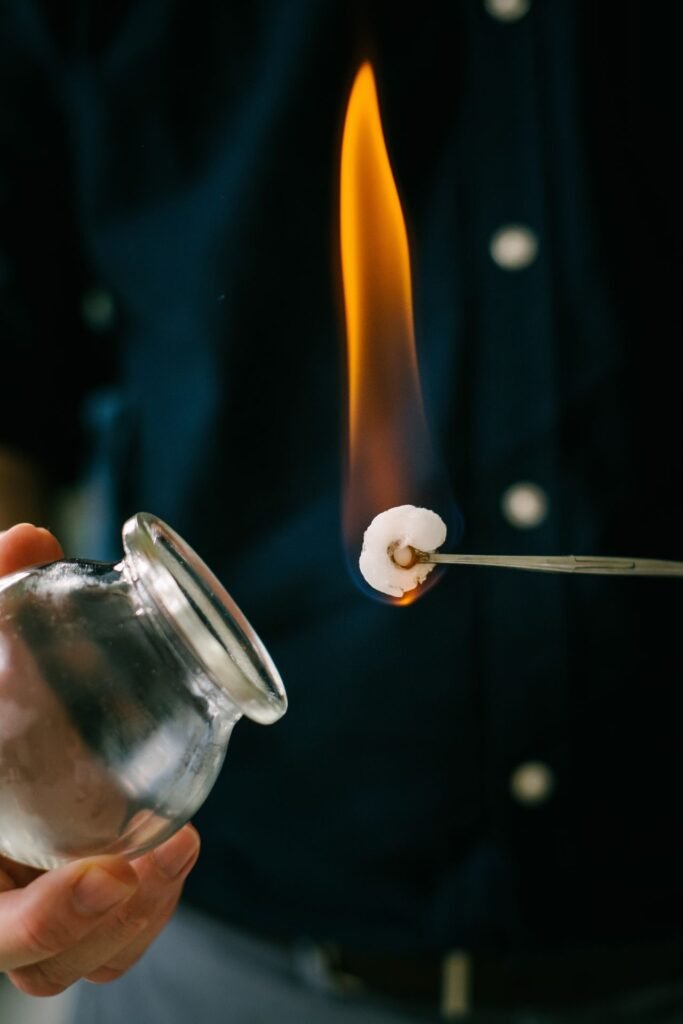
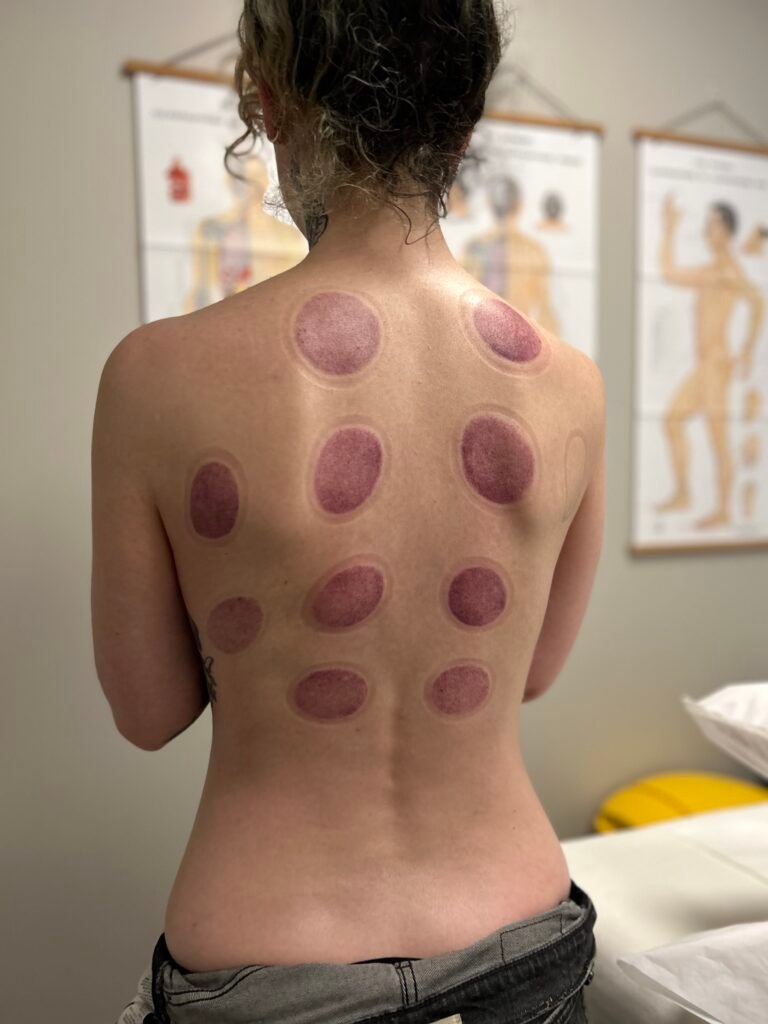
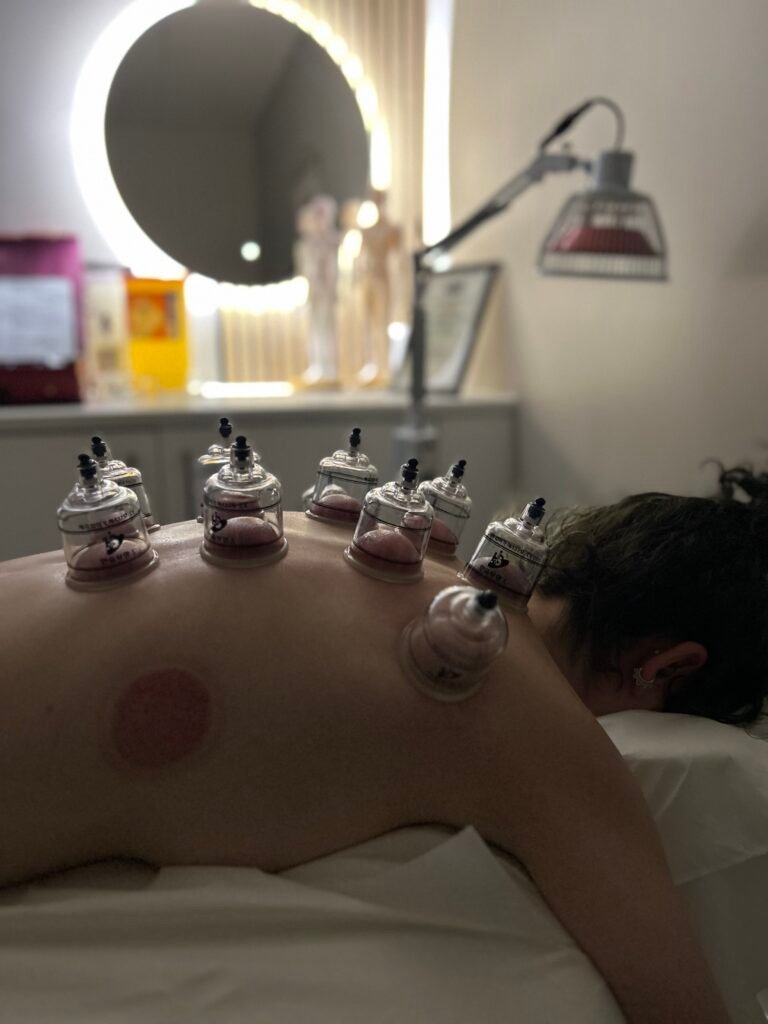
Cupping is a traditional therapy used in Chinese medicine to release tension, improve circulation, and promote healing. This technique involves placing glass, silicone, or plastic cups onto the skin to create gentle suction, which helps to increase blood flow, loosen tight muscles, and encourage the body’s natural detoxification process.
The suction draws fresh, oxygenated blood and lymphatic fluids to the area, which may reduce pain, inflammation, and stiffness. This makes cupping an effective treatment for conditions such as muscle tension, back pain, arthritis, and sports injuries. Cupping is also used to support lung health, helping with conditions like coughs, colds, and asthma by promoting better circulation in the chest.
Benefits of cupping:
- Relieves muscle tension and stiffness to promote relaxation.
- Improves circulation and oxygenation to muscles and tissues.
- Reduces inflammation which supports the body’s natural healing response.
- Aids in detoxification by stimulating the lymphatic system.
- Supports respiratory health, helping with colds, congestion, and asthma.
- Boosts energy and overall vitality by encouraging better blood flow.
Cupping often leaves temporary, relatively painless circular marks on the skin, which fade within a few days. These marks indicate areas of stagnation where blood and toxins have been drawn to the surface for removal. The depth and color of the marks can provide insights into the patient’s circulation and overall health.
Gua Sha
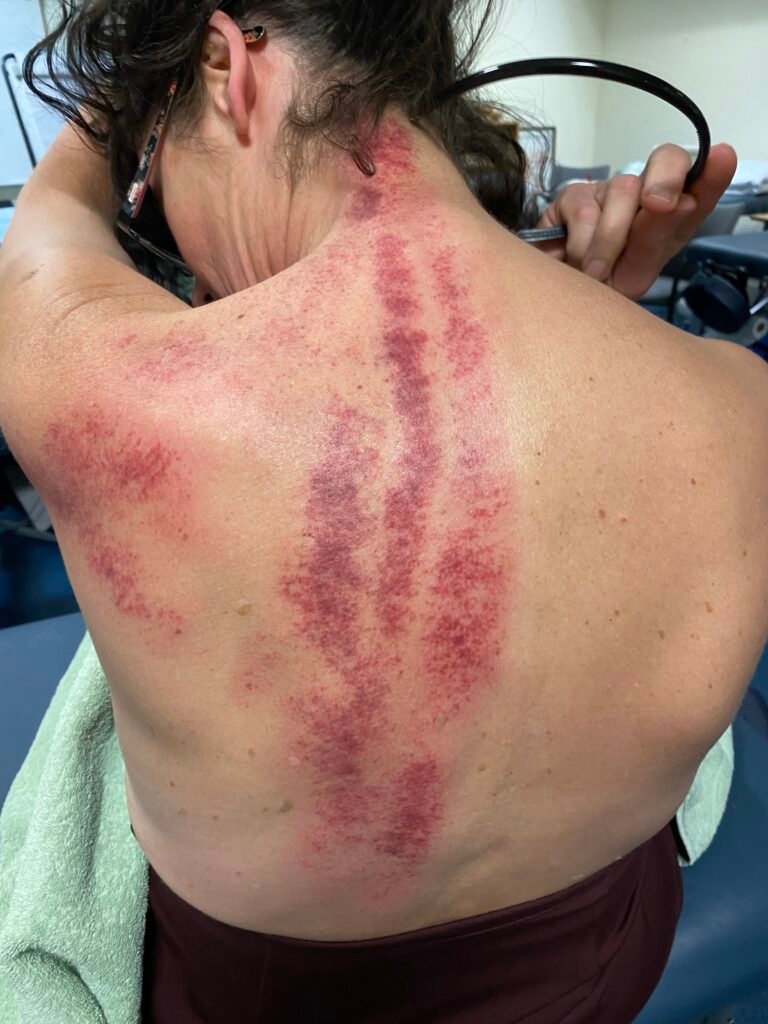
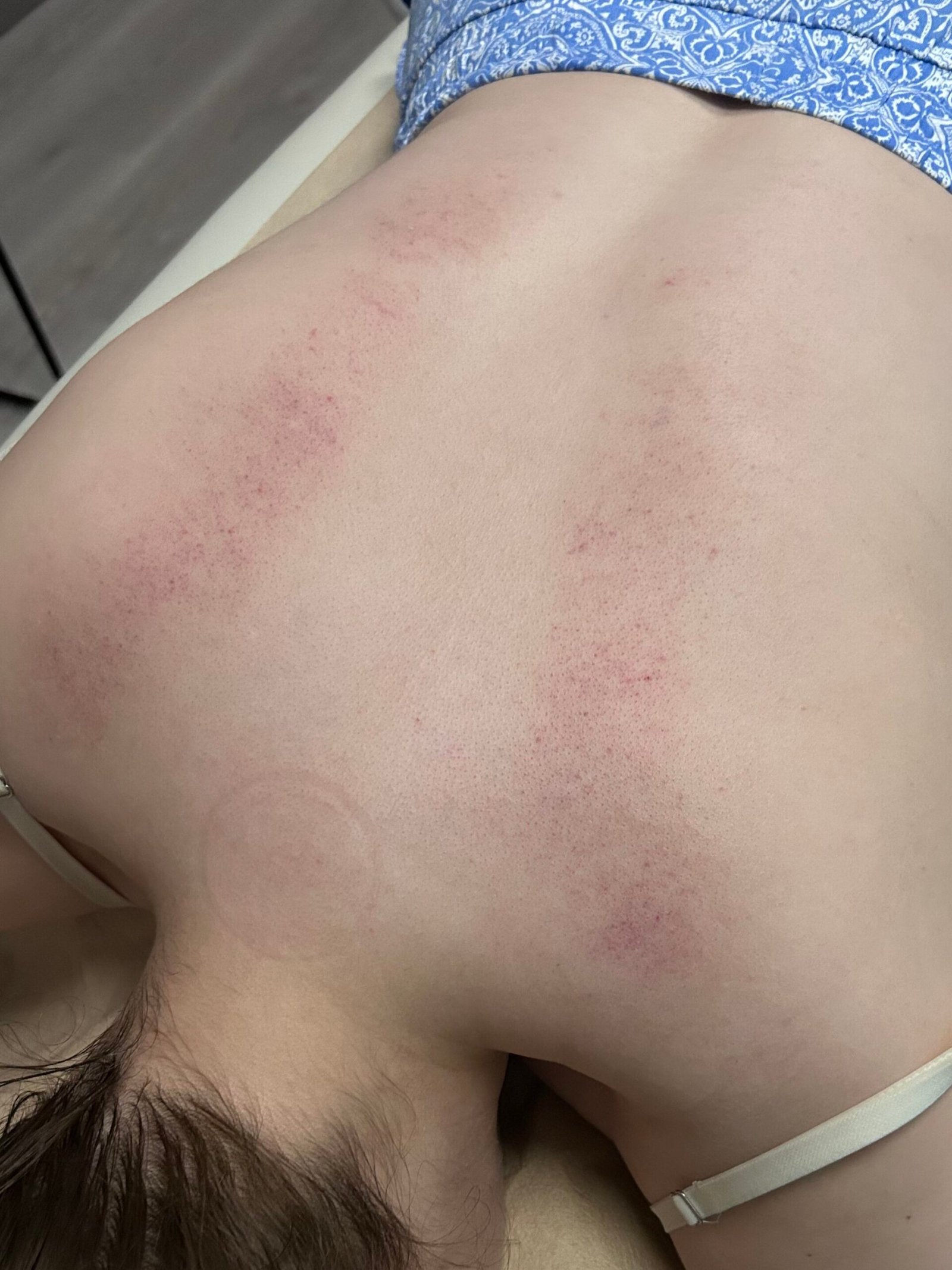
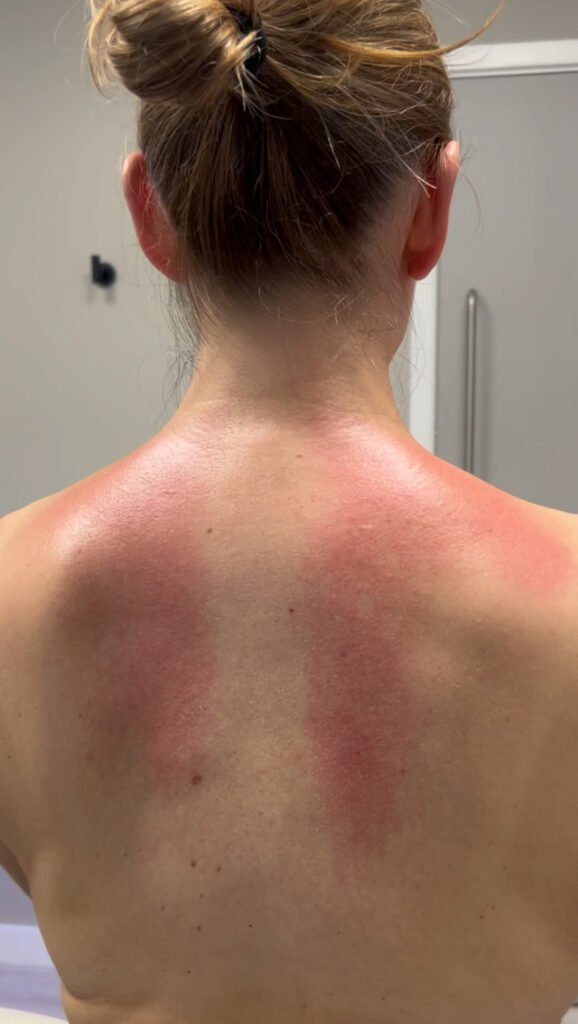
Gua Sha is a hands-on healing technique used in traditional East Asian medicine for centuries. “Gua” means to rub or press-stroke, while “Sha” refers to the temporary redness that appears on the skin during treatment. This redness, known as petechiae, is a sign of improved circulation in areas of stiffness or pain. As the treatment is applied using smooth, repeated strokes, blood flow increases, tension releases, and pain often eases immediately. Redness fades in hours, petechiae fades within five to ten days, and the colour and rate of disappearance provides insight into the patient’s condition.
Benefits of Gua Sha:
- Relieves pain and muscle tension by promoting circulation.
- Reduces inflammation and supports the immune system.
- Increases microcirculation, improving the delivery of oxygen and nutrients to tissues.
- Supports respiratory health, helping with conditions like coughs and wheezing.
- Balances body temperature, cooling those who feel too warm and warming those who feel too cold.
- Promotes relaxation, easing tension and reducing anxiety.
Moxibustion
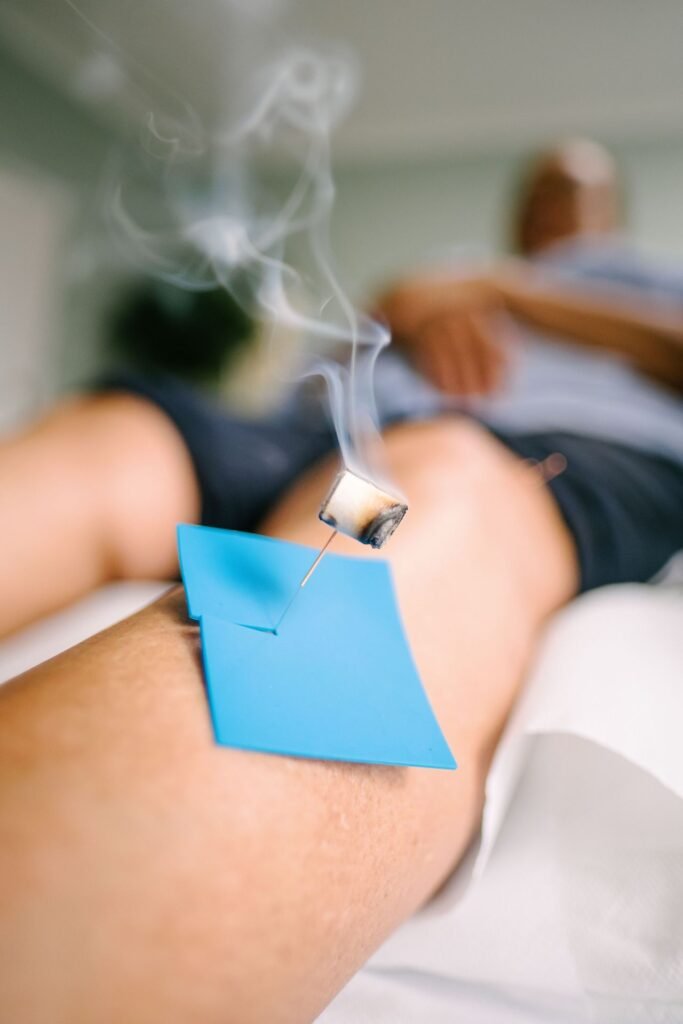
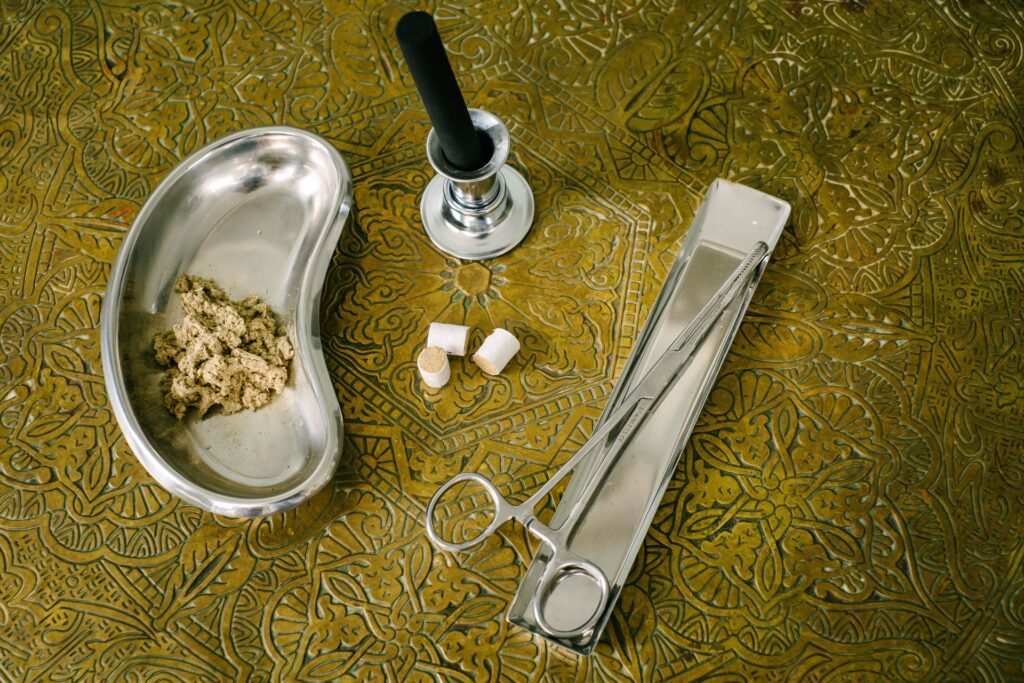
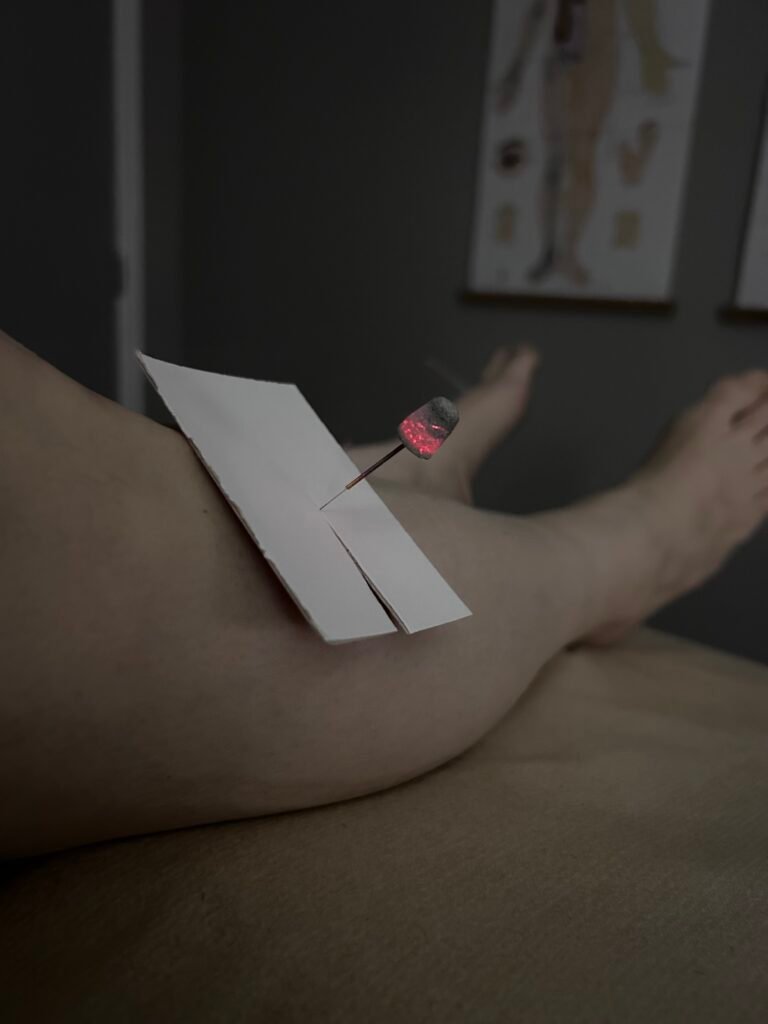
Moxibustion, or Moxa, is a therapeutic technique that involves burning dried Mugwort on acupuncture points. Moxa is a warming and stimulating herb which is used to enhance circulation and promote healing. Moxa is used to stimulate acupuncture points, warm muscles, and improve blood flow, oxygenation, and nutrient delivery to different areas of the body.
Benefits of Moxibustion:
- Boosts the immune system which helps the body defend against illness.
- Relieves joint pain associated with cold and swelling, such as arthritis, frozen shoulder, and tennis elbow.
- Increases blood flow to areas affected by injury, tension, or tightness.
- Warms and relaxes muscles by easing discomfort from cold-related conditions.
- Eases symptoms such as cold limbs, frequent urination, fluid retention, fatigue, common colds, diarrhea, and menstrual pain caused by cold in the uterus.
- Helps turn a breech baby, studies show a high success rate when applied to acupuncture point Bladder 67.
Infrared Heat Lamp
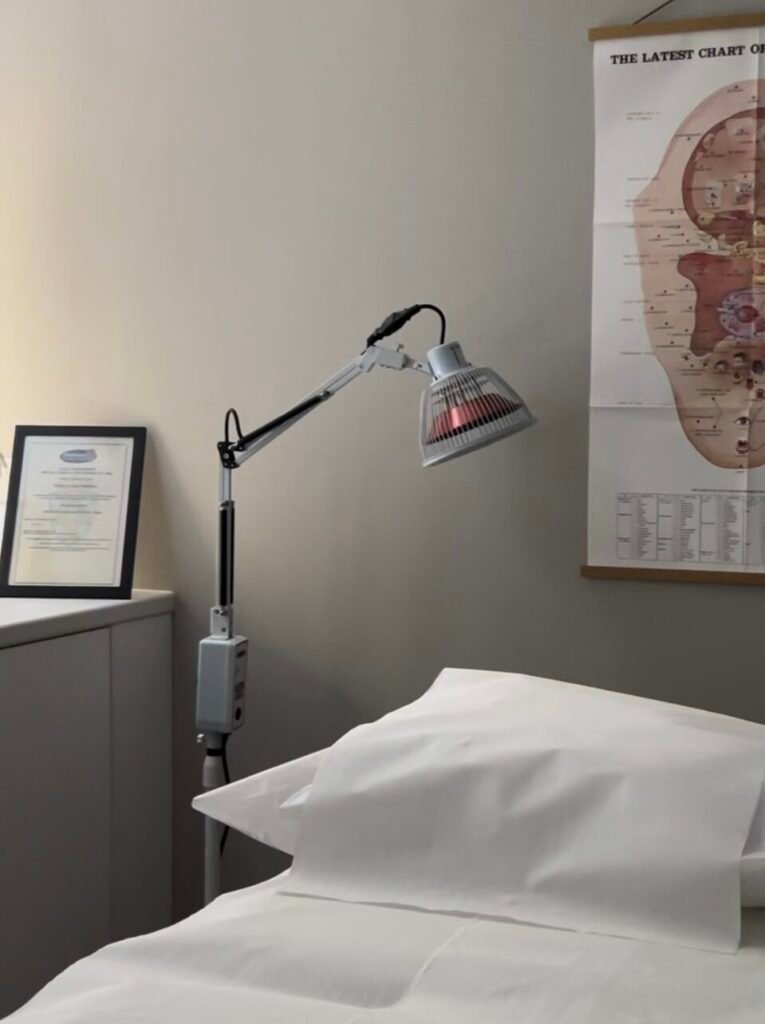
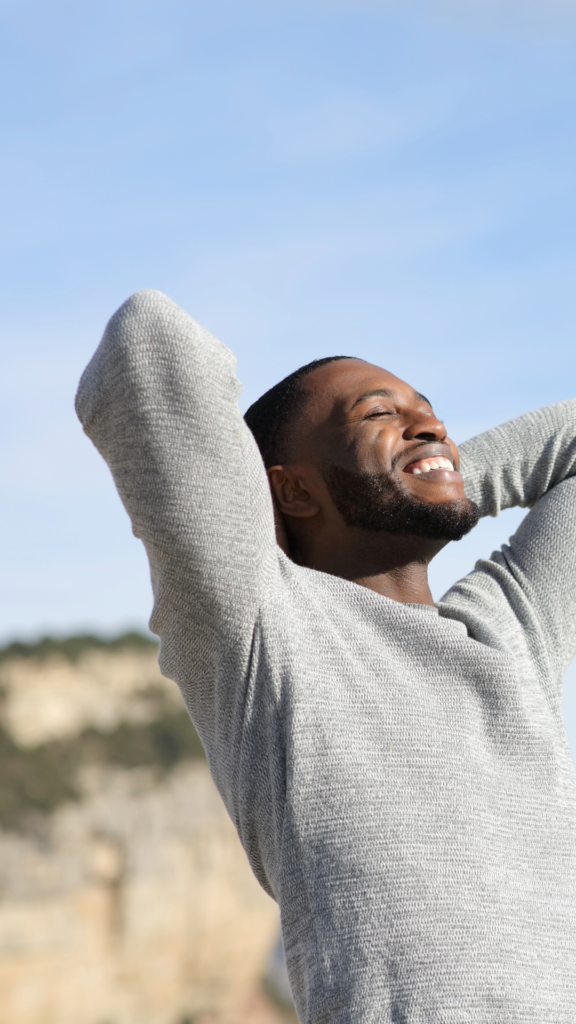
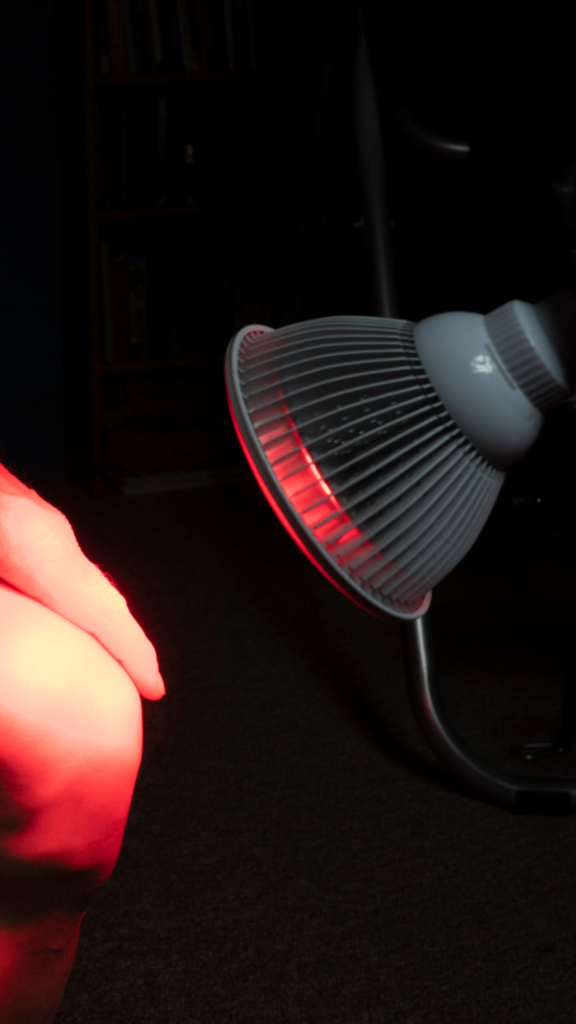
During your treatment it may be beneficial to use a heat lamp. The heat lamp is designed to provide deep, soothing relief by harnessing the power of far infrared light therapy. Emitting wavelengths between 15µm and 1mm, this specialised lamp helps alleviate pain, reduce inflammation, and promote natural healing.
Benefits of Infrared Light Therapy
The heat lamp delivers targeted warmth, allowing for precise application to areas in need of relief. It is ideal for use during treatment to support recovery from:
- Muscle pain
- Arthritis
- Inflammation
- Sciatica
- Period pain
- Feeling cold
- Fertility treatments
By stimulating the release of nitric oxide, infrared therapy enhances blood circulation, bringing oxygen and essential nutrients to the affected tissues. This process helps to reduce discomfort, support tissue repair, and accelerate recovery, making it a valuable addition to holistic pain management and wellness treatments.
Ear Seeds
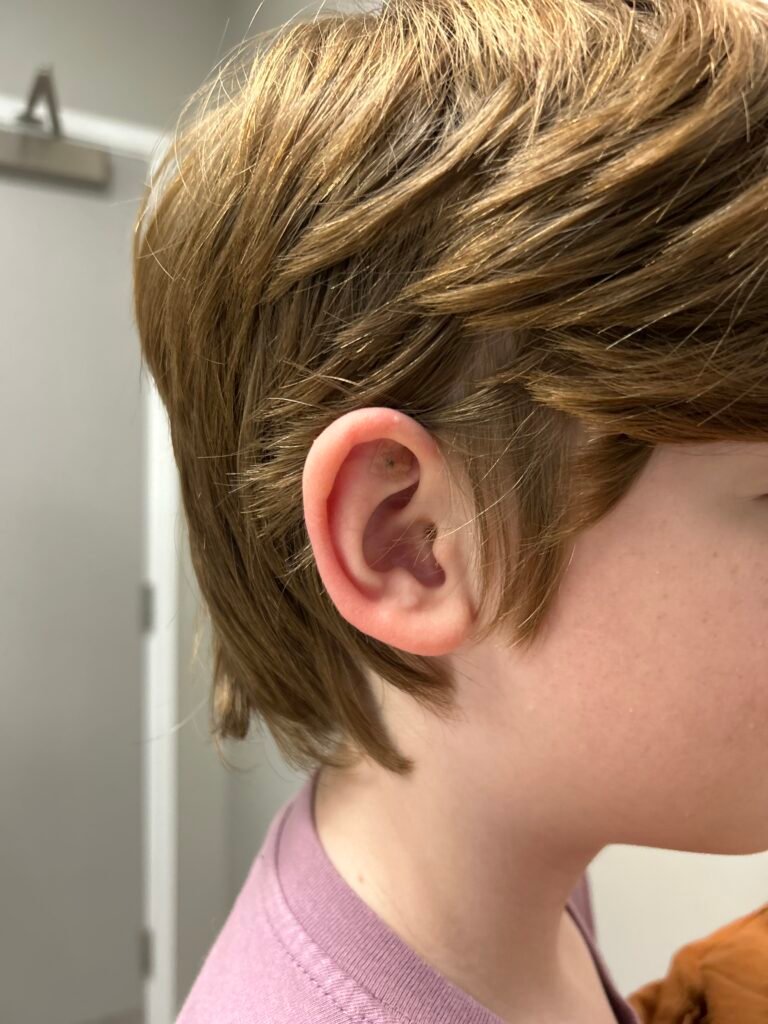
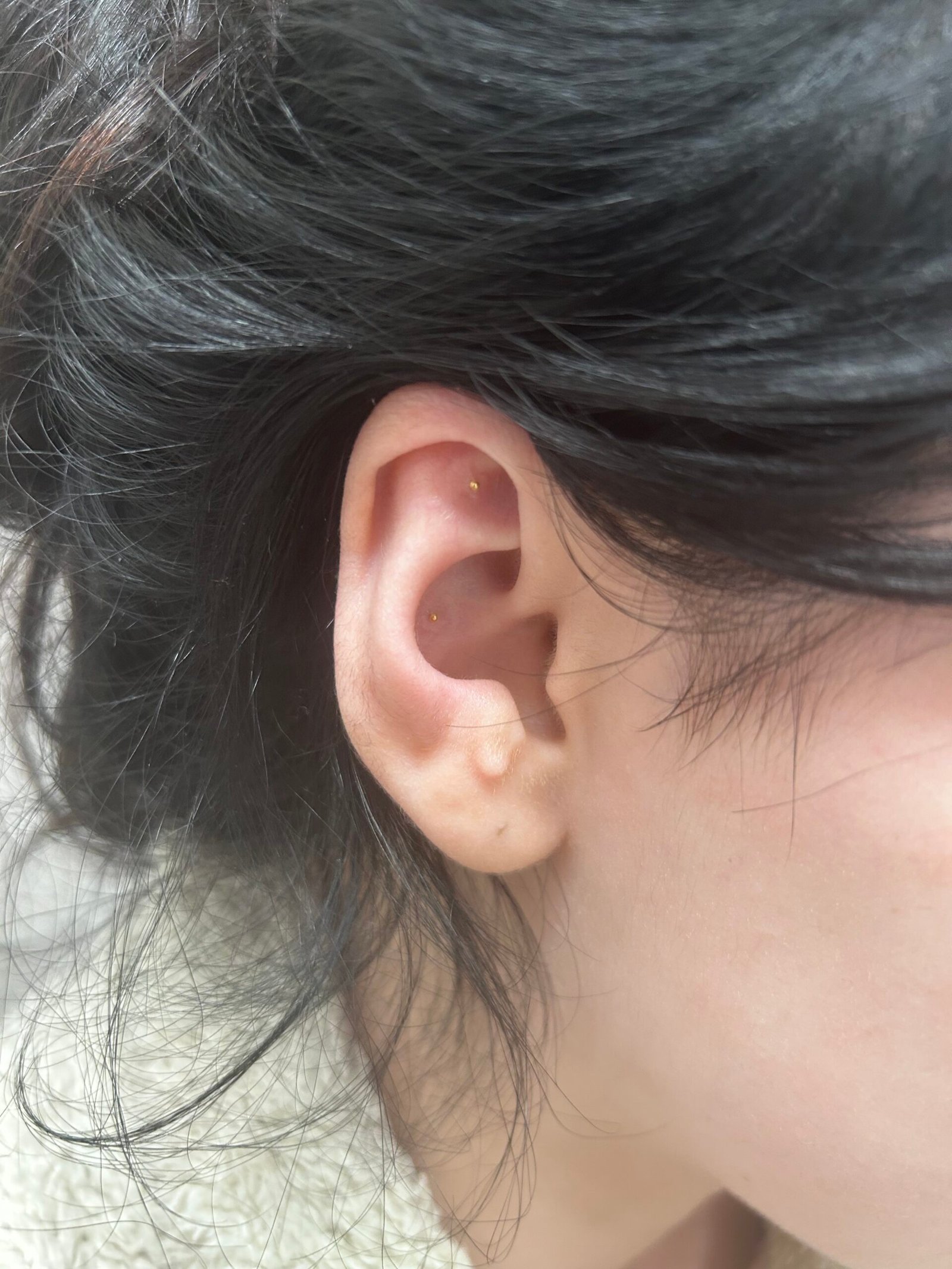
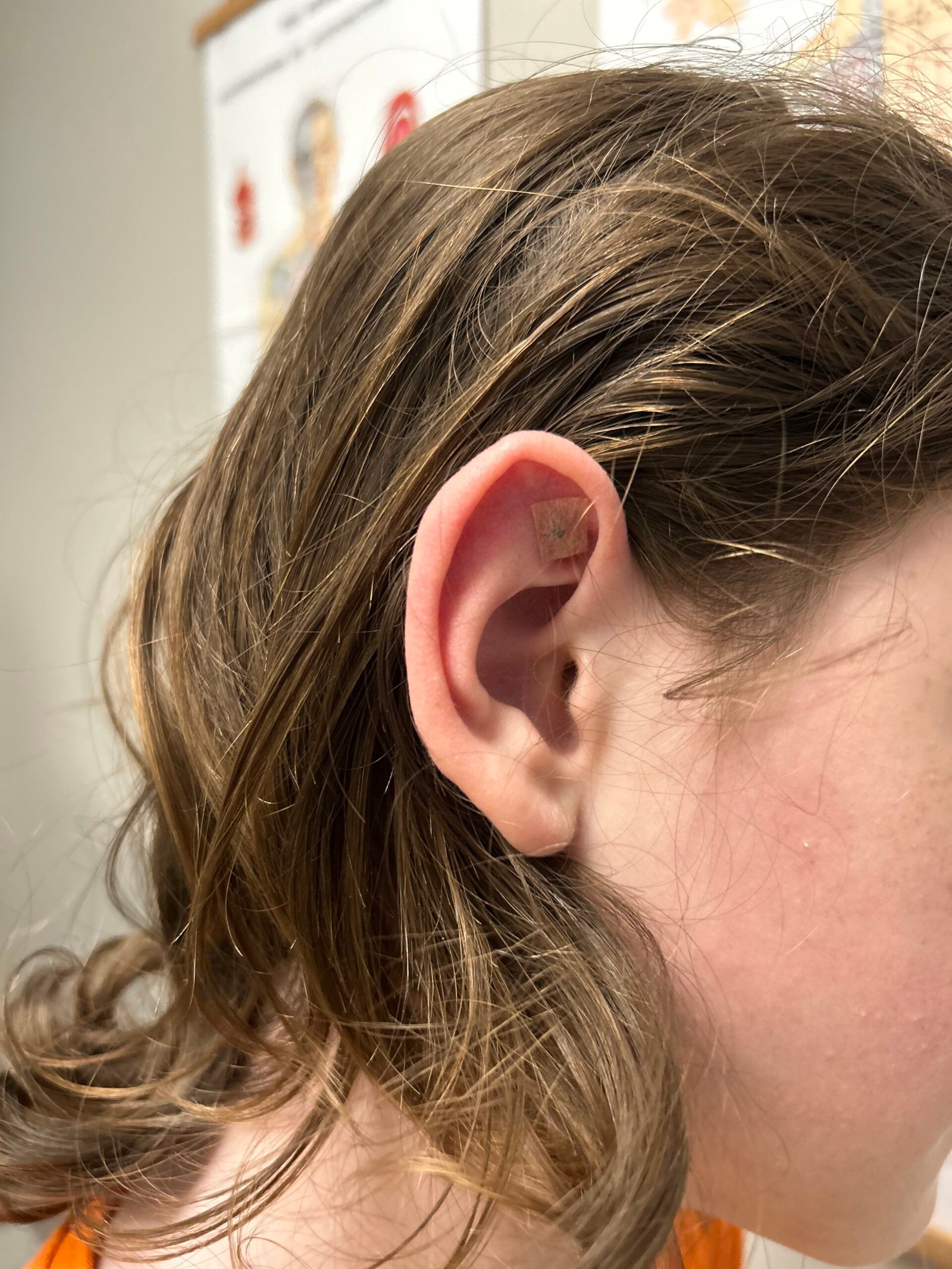
Ear seeds are a form of auriculotherapy, a technique rooted in Traditional Chinese Medicine (TCM). Ear seeds apply acupressure to the desired location which can stimulate specific acupressure points to support physical and emotional wellbeing. These small seeds, often made of gold, silver, or natural Vaccaria seeds, are placed on key points of the ear with hypoallergenic adhesive tape.
Benefits of Ear Seeds:
- Reduces stress, anxiety, and emotional tension
- Aids in pain management, including headaches, chronic pain, and joint discomfort
- Supports sleep and relaxation, helping with insomnia
- Enhances focus and mental clarity, beneficial for ADHD and concentration difficulties
- Helps with digestion and gut health
- Supports weight management and cravings control
Ear seeds can be used alongside acupuncture to extend the therapeutic effects between sessions. They are discreet, painless, and can be applied professionally for the best effect, offering continuous stimulation for long-lasting benefits. Patients are encouraged to gently press on the vaccaria seeds throughout the day to activate their effects further. Gold and Silver seeds to not require any further pressure. When applied professionally, ear seeds can be a fantastic tool to help children cope with their emotions and pressures of school or exams.
Kinesiology taping
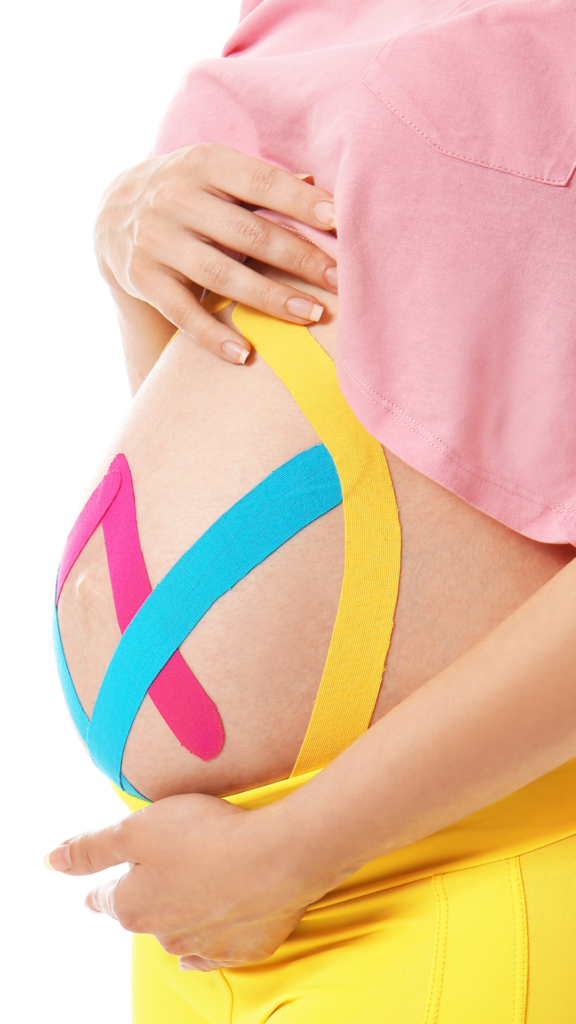
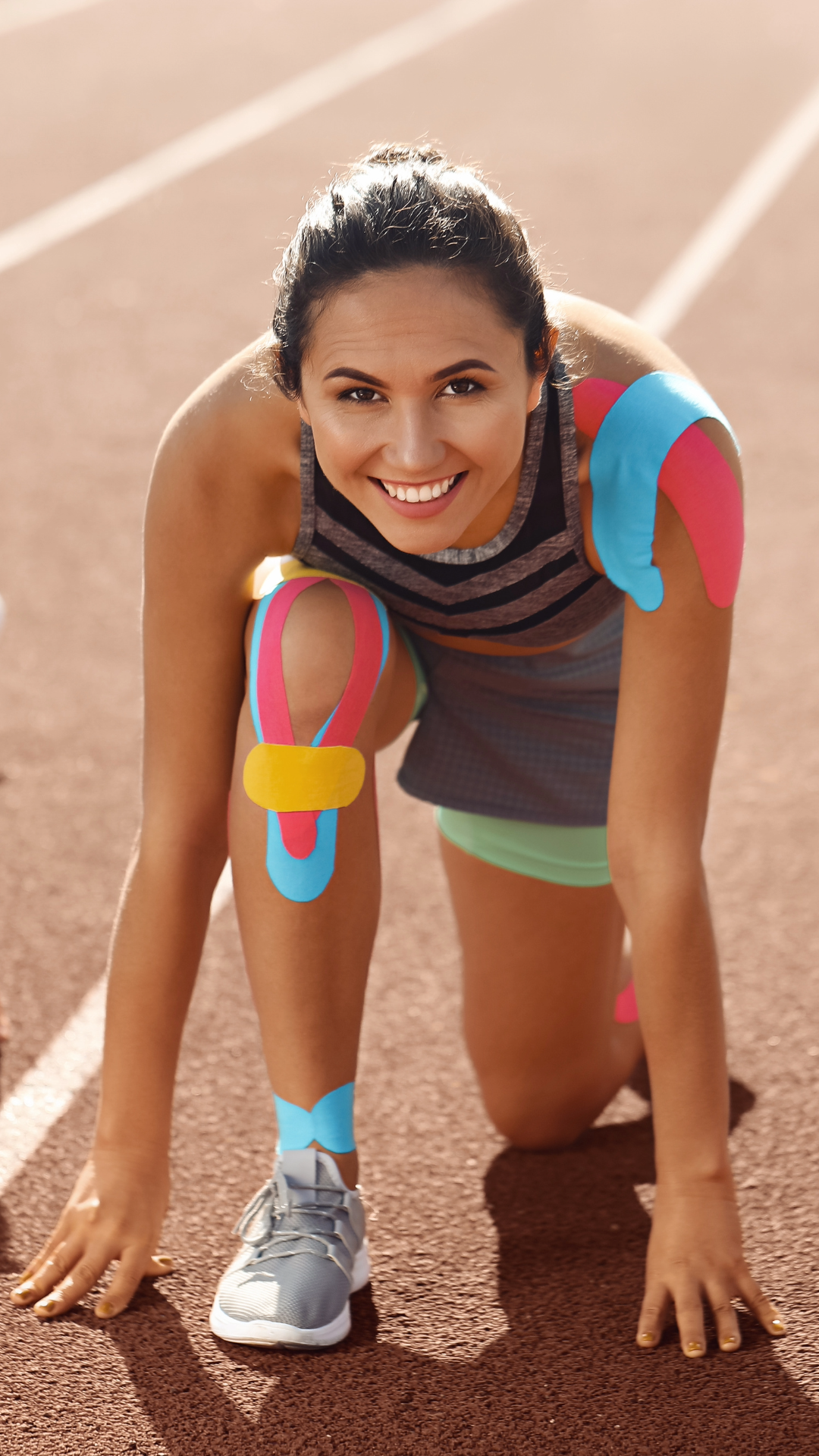

I exclusively use Rocktape, a premium kinesiology tape designed for superior performance. Rocktape features a tighter weave, greater elasticity (180% stretch to match the skin), and a stronger, hypoallergenic adhesive that stays in place during movement, exercise, sweat and even water exposure. It provides support without restricting motion, promoting a full range of movement while reducing pain, improving circulation, and enhancing recovery. Commonly used for sports injuries, muscle tension, and postural support, kinesiology tape is also highly effective in pregnancy as it helps to support the body and alleviate discomfort from postural changes. Whether you’re managing chronic pain, recovering from an injury, or seeking pregnancy support, Kinesiology tape delivers durable, long-lasting relief between treatments.
Shen-Hammer pulse taking
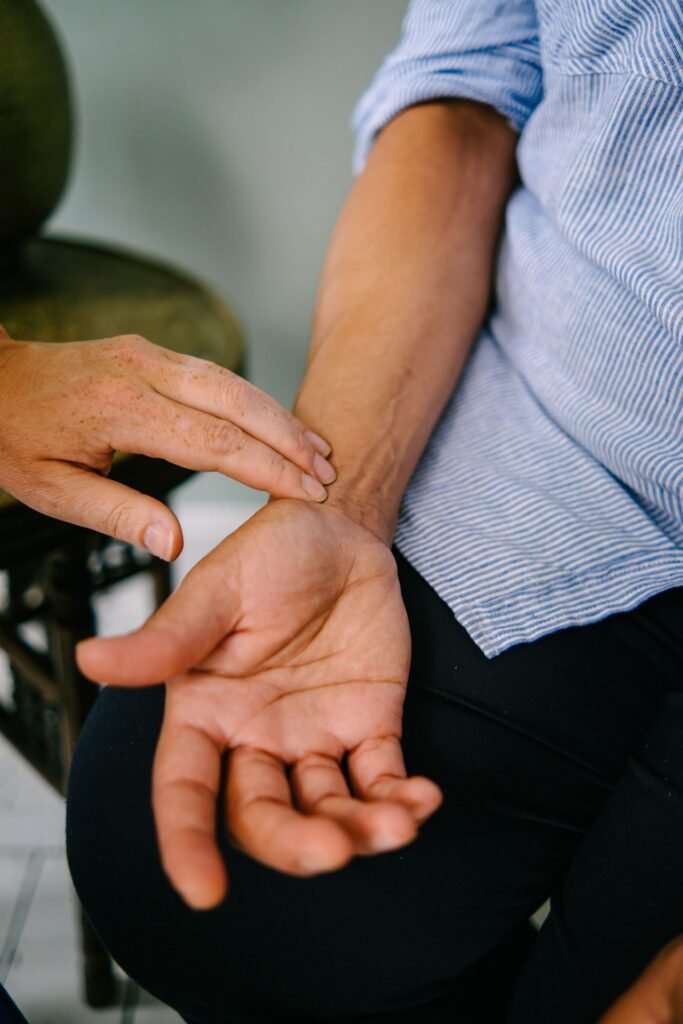
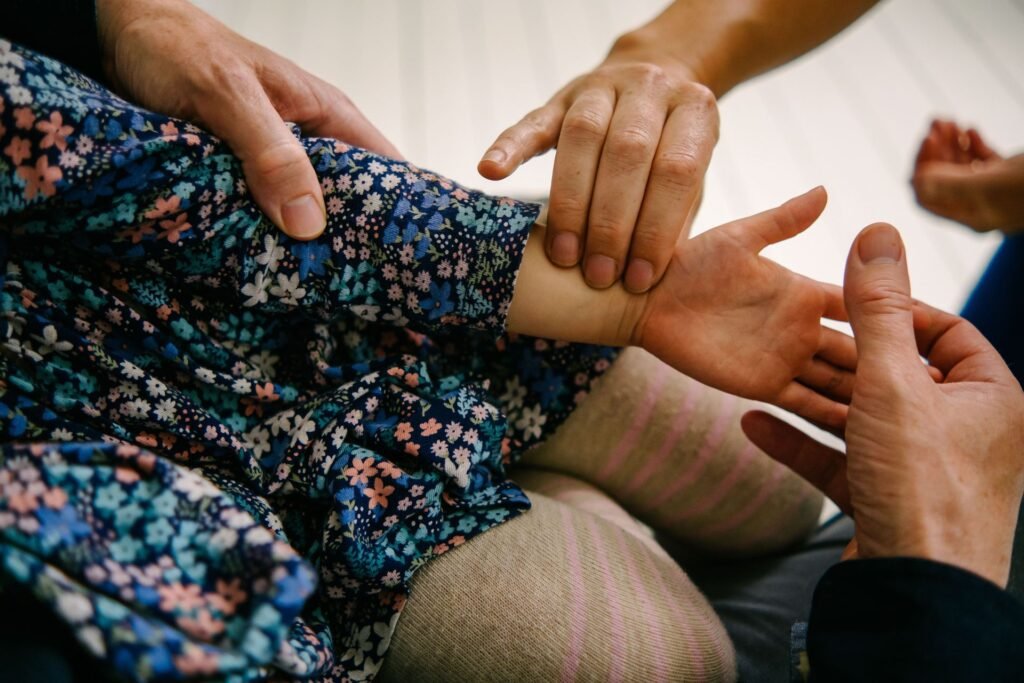
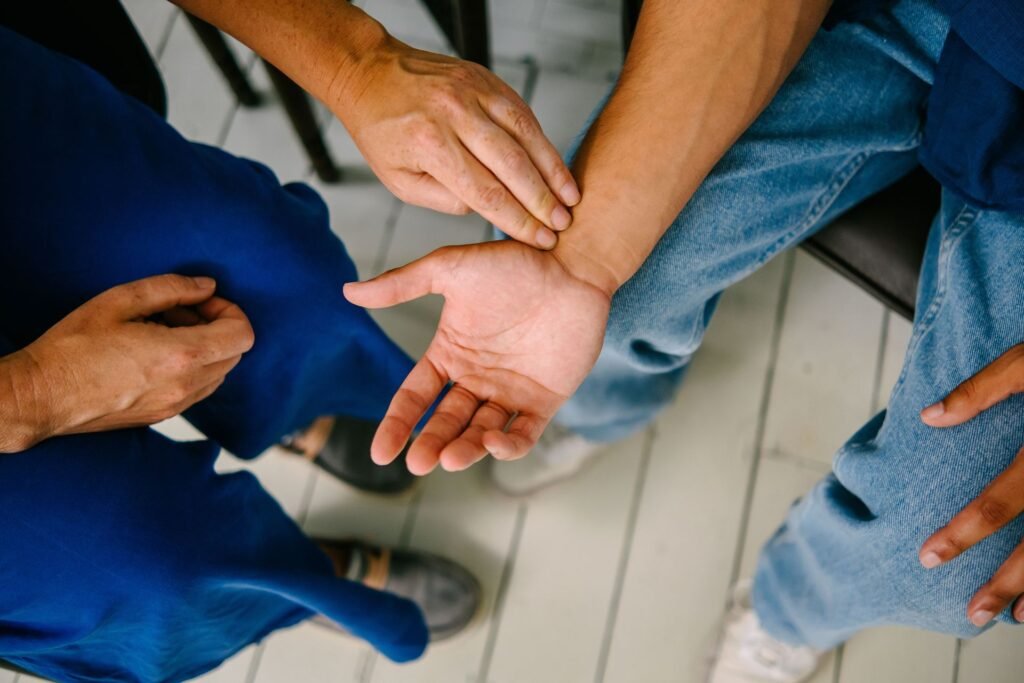
Your pulse will be taken at each acupuncture appointment. Pulse diagnosis in Traditional Chinese Medicine (TCM) is a vital tool for assessing a patient’s health. Using the Shen-Hammer pulse system, the practitioner feels the pulse at three positions on each wrist. The left side corresponds to the Heart, Liver, and Kidney Yin, while the right side reflects the Lung, Spleen, and Kidney Yang. Beyond just the rate, the practitioner evaluates Qi, Blood, and Organ depths, detecting subtle pulse qualities that reveal disharmonies. This process requires deep concentration, so the practitioner may be very quiet while tuning into the pulse, allowing them to gather crucial information to guide treatment.
Tongue diagnosis
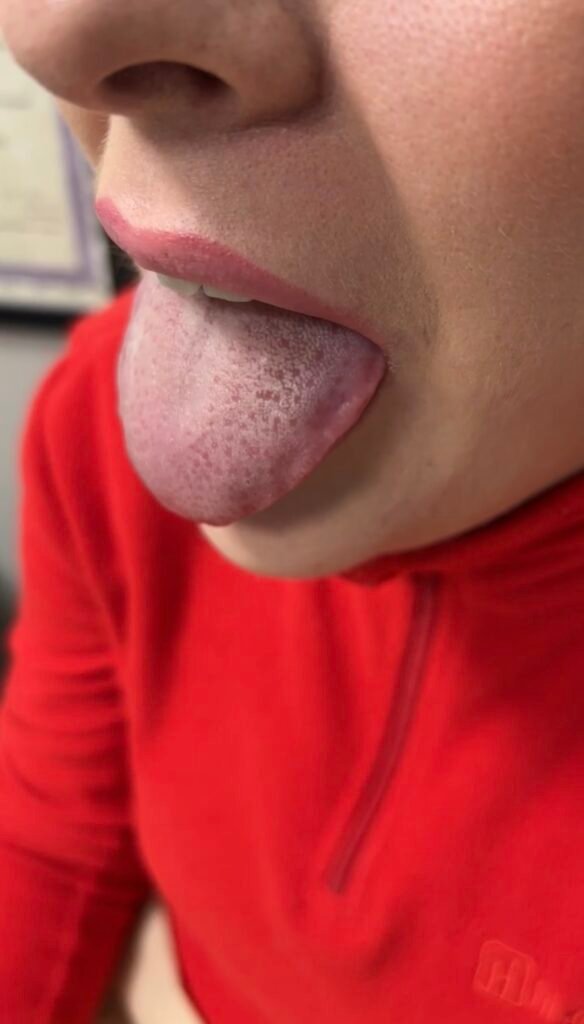
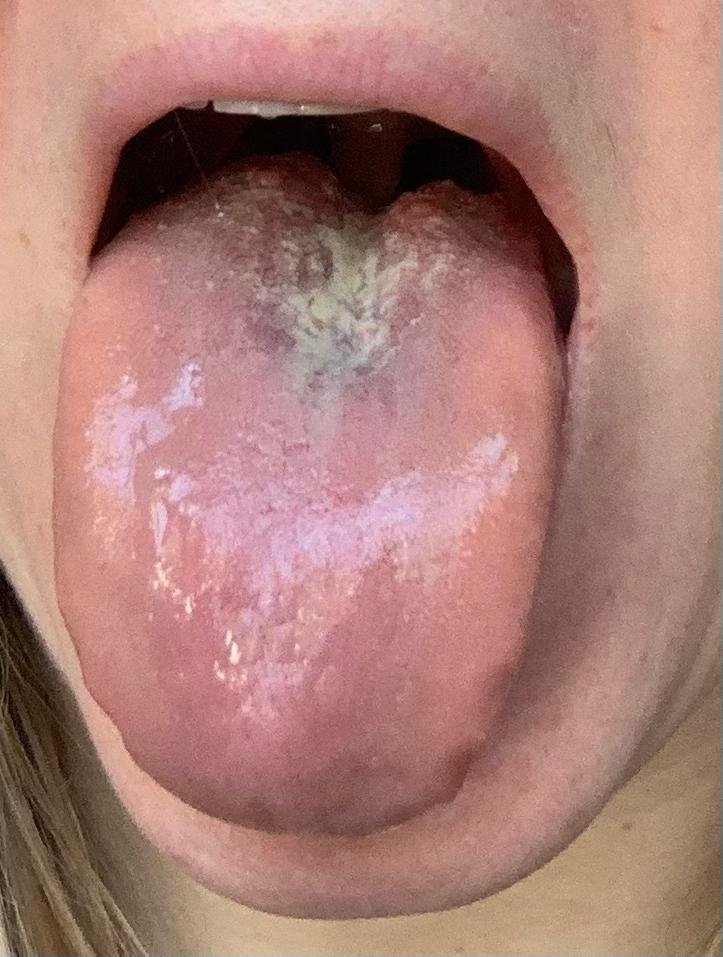
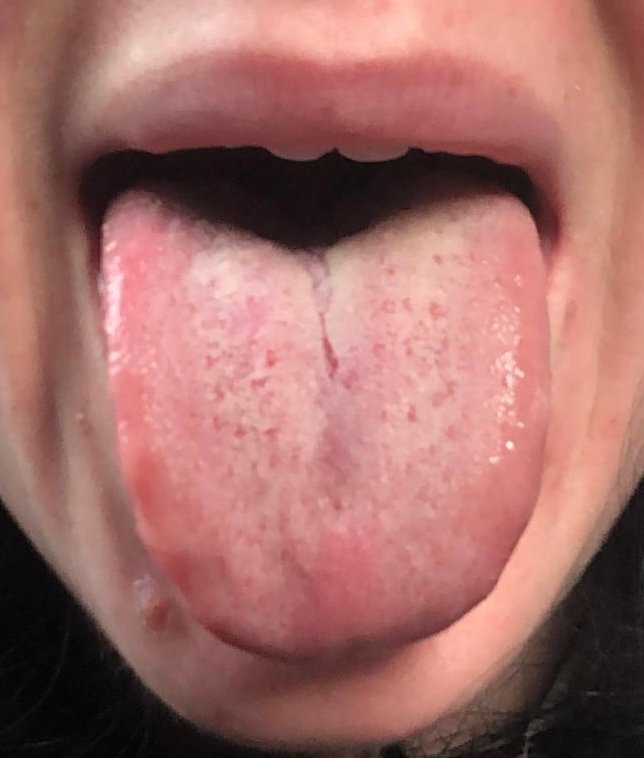
Chinese tongue diagnosis is a key tool in TCM that provides insight into a patient’s overall health. A practitioner examines the tongue’s shape, colour, movement, moisture, cracks, alignment, and coating in different regions, as each area corresponds to specific organ systems. These observations, combined with pulse diagnosis, help to identify disharmonies and inform the treatment plan. By assessing these subtle changes, an acupuncturist can determine the underlying causes of symptoms and tailor treatments to restore harmony and wellbeing. Your tongue may also be checked again once the needles are in, to check for any changes.
Sign up for my newsletter
For the latest Chinese Medicine seasonal advice, offers and discounts, sign up to my newsletter.
Images © 2022 British Acupuncture Council. Photographer: Matthew Kaltenborn
Photographer: Claire Watkins

